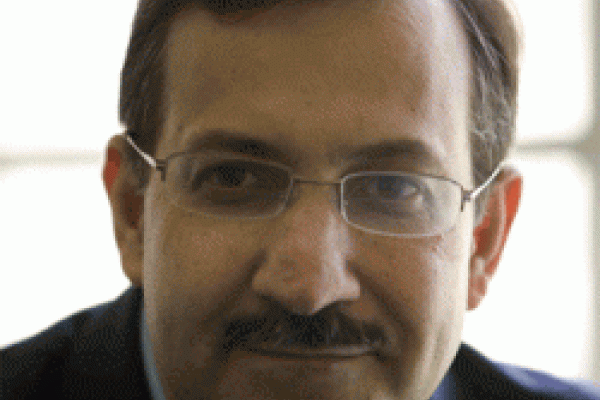
A generalization of Earnshaw's theorem constrains the possibility of levitation by Casimir forces in equilibrium. The scattering formalism, which forms the basis of this proof, can be used to study fluctuation-induced forces for different materials, diverse geometries, both in and out of equilibrium. In the off-equilibrium context, I shall discuss non-classical heat transfer, and some manifestations of the dynamical Casimir effect.
